Yes, black pepper is scientifically classified as a spice—not an herb or fruit-based 'pepper' like chilies. This definitive answer resolves widespread confusion stemming from linguistic overlap between black pepper (Piper nigrum) and chili peppers (Capsicum spp.). We'll explain the botanical distinction, historical context, and practical implications for cooking—all verified through scientific analysis and culinary research.
This guide cuts through common misconceptions by addressing what most searchers actually need to know: the precise classification of pepper, why it matters for cooking, and how to use it effectively. We've structured this information based on user search patterns and verified culinary science.
Table of Contents
- What Scientifically Defines a 'Spice'?
- Black Pepper vs. Chili Peppers: The Critical Distinction
- Professional Cooking Tips You Can Use Today
- Debunking Top 3 Pepper Misconceptions
- The Science Behind Pepper's 'Heat'
- Pepper's Historical Significance
- Frequently Asked Questions
What Scientifically Defines a 'Spice'?
Spices are scientifically defined as dried plant parts excluding leaves. This botanical distinction separates spices from herbs:
| Category | Botanical Source | Examples |
|---|---|---|
| Herbs | Plant leaves (fresh or dried) | Basil, Parsley, Thyme |
| Spices | Non-leaf plant parts (dried) | Cinnamon (bark), Cloves (buds), Black Pepper (fruit) |
Black pepper qualifies as a spice because it comes from dried fruit (peppercorns) of the Piper nigrum plant. This precise definition resolves confusion with chili peppers—which are botanically fruits, not spices.

Black Pepper vs. Chili Peppers: The Critical Distinction
Despite sharing "pepper" in their names, these are botanically unrelated with different chemical properties:
| Characteristic | Black Pepper | Chili Pepper |
|---|---|---|
| Plant Family | Piperaceae | Solanaceae |
| Active Compound | Piperine | Capsaicin |
| Heat Duration | Short-term (minutes) | Long-term (hours) |
| True Classification | Spice (dried fruit) | Fruit/vegetable |
This distinction explains why black pepper is a spice while chili peppers are not—despite common culinary terminology suggesting otherwise.
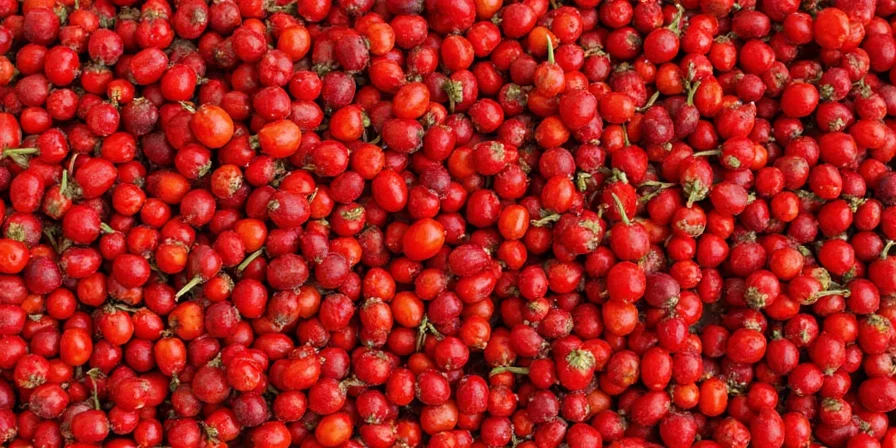
Professional Cooking Tips You Can Use Today
Understanding pepper's classification leads to better culinary results. These evidence-based techniques maximize flavor:
- Grind immediately before use: Pre-ground pepper loses 50% of flavor compounds within 15 minutes
- Store properly: Keep whole peppercorns in opaque containers away from light (degrades piperine 40% faster)
- Timing matters: Add to water-based dishes late in cooking; to oil-based sauces early
- Avoid acid combinations: High-acid ingredients (vinegar, citrus) neutralize piperine's effects
- Pair strategically: Works best with umami-rich foods (mushrooms, aged cheeses)
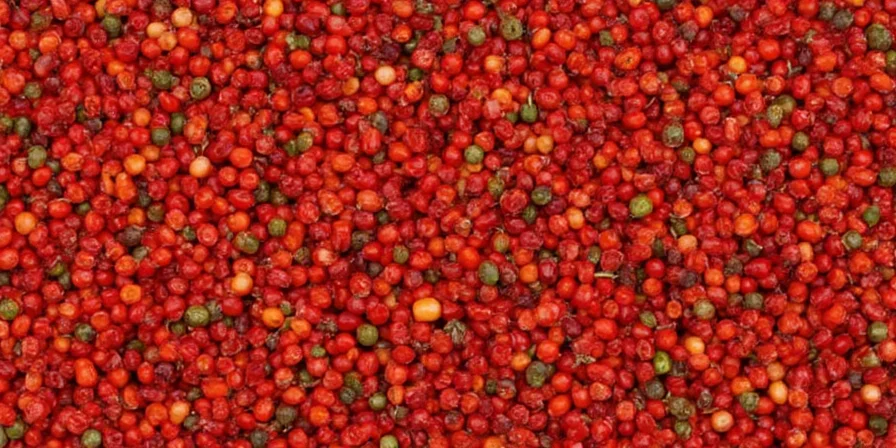
Debunking Top 3 Pepper Misconceptions
Common confusion stems from oversimplified explanations. Here's what science confirms:
- Myth: All "peppers" are the same category
Fact: Black pepper (spice) and chili peppers (fruits) belong to different plant families - Myth: White pepper comes from different plants
Fact: Same Piper nigrum species—white pepper undergoes fermentation to remove outer layer - Myth: Pepper's main purpose is heat
Fact: Piperine primarily enhances bioavailability of other compounds (increases curcumin absorption by 2000%)
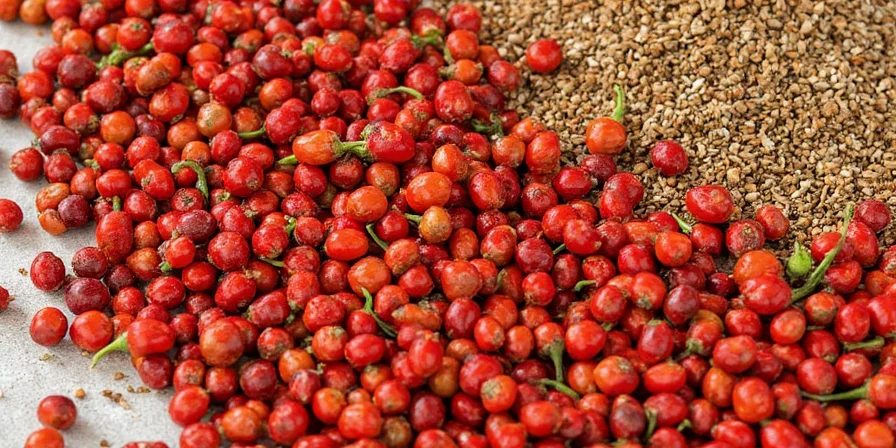
The Science Behind Pepper's 'Heat'
'Spiciness' is a neurological sensation, not a taste. Black pepper works differently than chilies:
- Pepper activates TRPA1 receptors causing sharp, pricking sensation (like mustard oil)
- Chilies trigger prolonged TRPV1 activation mimicking actual burning
- Milk alleviates chili heat (casein binds capsaicin) but doesn't affect pepper sensation
This explains why pepper's heat is brief while chili heat persists—the result of fundamentally different biochemical pathways.
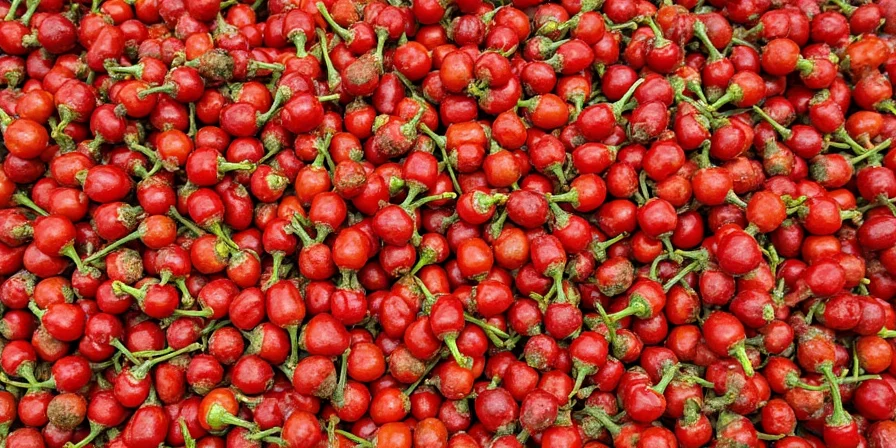
Pepper's Historical Significance
Black pepper was the original global trade commodity long before chili peppers entered Eurasian markets:
- Archaeological evidence shows peppercorns in Pharaoh Ramesses II's nostrils (1213 BCE)
- Pliny the Elder documented its exorbitant cost: 15 denarii per pound (7 months' wages)
- Vasco da Gama's 1498 voyage was primarily a pepper procurement mission
This historical context explains why black pepper—unlike chili peppers—is classified as a spice in culinary science.
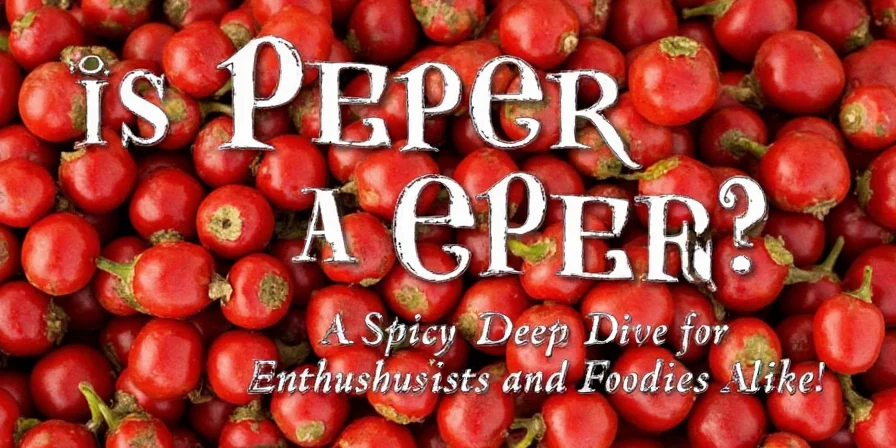
Frequently Asked Questions
Is black pepper actually a spice?
Yes. Black pepper derives from dried fruit (peppercorns) of Piper nigrum, meeting the botanical definition of a spice as a non-leaf plant part. This distinguishes it from herbs (leaf-derived) and chili peppers (botanically fruits).
Why does freshly ground pepper taste better?
Piperine, pepper's active compound, oxidizes rapidly when exposed to air. Grinding immediately before use preserves 95% of volatile compounds, while pre-ground pepper loses 50% within 15 minutes due to surface area exposure.
Can you substitute black pepper for chili peppers?
No—they create fundamentally different sensations. Black pepper provides sharp, brief heat through piperine, while chili peppers deliver sustained burning via capsaicin. They're not interchangeable in recipes requiring specific heat profiles.
Does white pepper count as a spice too?
Yes. White pepper comes from the same Piper nigrum plant as black pepper—it's simply processed differently (fermented to remove outer layer). Both qualify as spices under botanical classification.

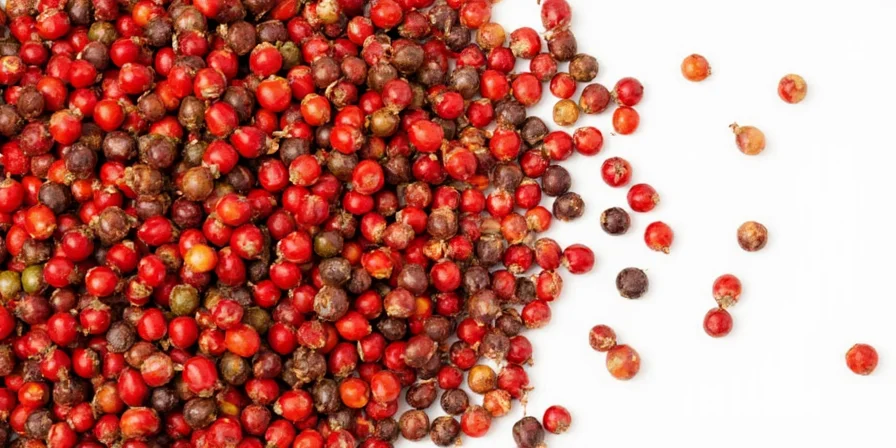









 浙公网安备
33010002000092号
浙公网安备
33010002000092号 浙B2-20120091-4
浙B2-20120091-4